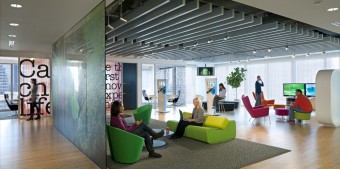 If you have a client that wants to improve moral and their employees’ quality of work, take a close look at the layout and design of their workspace. Interior design can greatly influence the mood of an office leading to happier workers and a more efficient workflow.
If you have a client that wants to improve moral and their employees’ quality of work, take a close look at the layout and design of their workspace. Interior design can greatly influence the mood of an office leading to happier workers and a more efficient workflow.
Using a strategic approach, pay close attention to the four key design factors outlined by the American Society of Interior Designers. Comfort, access, privacy and flexibility are the biggest influencers that can affect productivity among office staff.
When designing an office for comfort, you need to look beyond aesthetics alone. Temperature can be a big factor when it comes to being comfortable at work. Often there is only one setting for the entire office and this can lead to some workers being too cold while others are too hot. Having multiple A/C zones can create a much happier workforce.
Lighting will also enhance the design of a work area and natural light is very important in creating an appealing environment, even if it’s only accessible in common areas like break rooms. Fluorescent lighting is definitely out, but there are so many great and efficient alternatives available now. Also, the use of small desk lights can help ease the workload on the eyes.
Another design element to consider is access or collaborative space. By creating a more open design employees can work together to problem solve, share information and even mentor each other on various projects. This creates a more community inspired workplace and is a great way to make workers feel connected.
Although access is important, it’s equally as important to have private areas for specific tasks like conference calls or special project meetings. Dual function spaces are a great alternative to having designated offices or conference rooms. Known as “hoteling” these areas can have different functions depending on the current business needs.
This brings us to the final key design factor which is flexibility. Depending on the needs of the office staff, you should create a workspace that can accommodate each individual’s particular job duties. Whether it’s an executive team leader who needs space for larger meetings or a salesperson who is utilizing the space on a limited basis, having spaces that can be used in different ways will help create a better workflow. Also, having an office design that is flexible will also allow for changes as the company expands or evolves.
Making a client happy with a beautiful office is a good thing, but helping them to increase productivity amongst their staff is an added bonus!
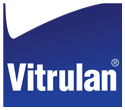
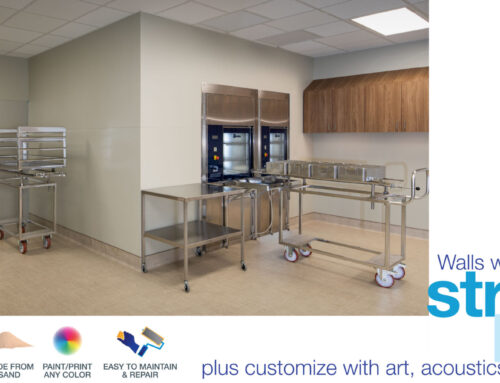
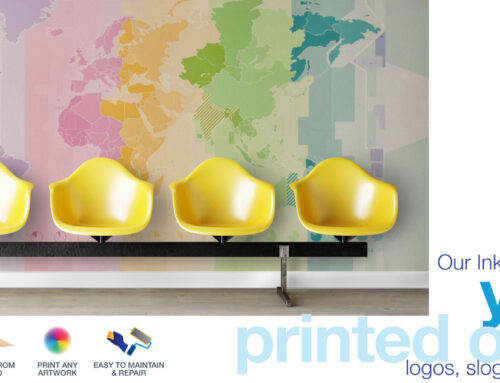
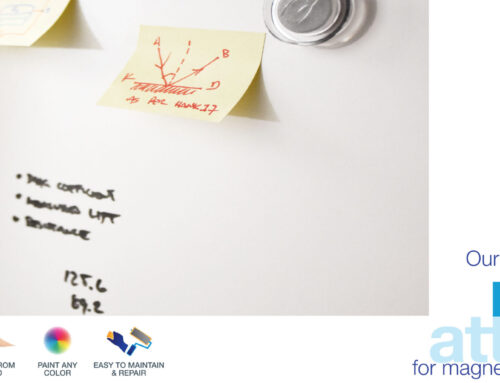
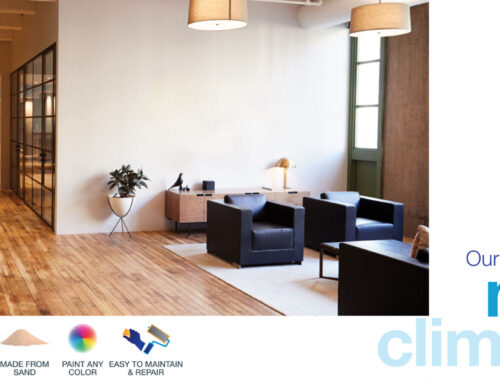
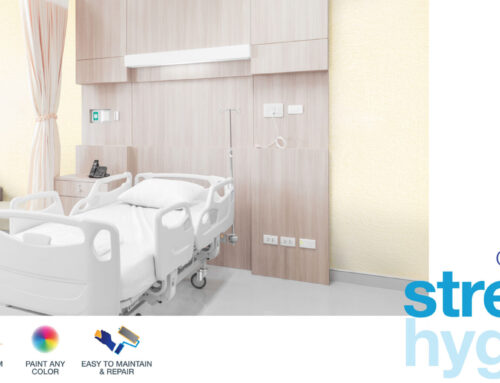
Leave A Comment